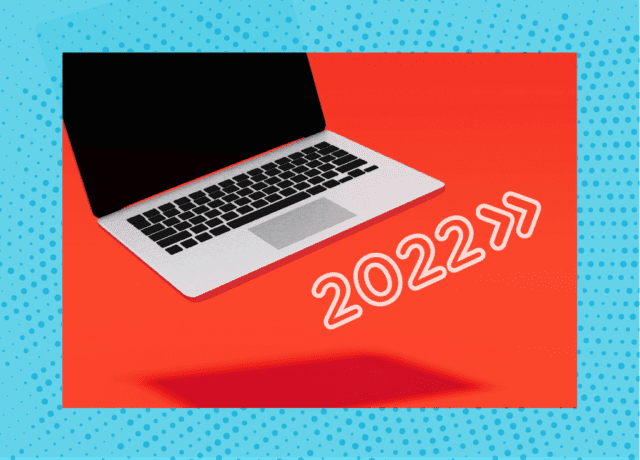Ad tech is at a pivotal moment in its growth.
As big tech companies drop third-party cookies, regulators crack down on privacy issues and consumers become more aware of how important their data is, ad tech companies are reimagining what the future holds for them.
Amid all this change, the pandemic sped up investments in new channels and technologies. Of all the innovative developments, these three stand out as the technologies brands will capitalize on in the upcoming years.

1. Out-of-home and Geotargeting
Out-of-home (OOH) advertising is having a comeback. When people stayed home last year, billboards and other OOH placements were selling for significantly lower prices. In New York City, OOH screens were sometimes reduced by 10%, while tunnel spots could be purchased for 85% off. Now that people are returning to work and school, prices are back to pre-pandemic levels.
But we’re not just talking about traditional billboards. OOH options are becoming more sophisticated. By using data, 5G and geolocation, advertisers can optimize their digital OOH efforts. Geolocation allows brands to understand what customers are doing where and at what time. With digital placements, they can change their ad placements instantly and adjust their strategies based on customer behavior.
Companies ranging from big tech brands to DTC startups are taking advantage of this growing technology, and consumers are taking notice.
2. Augmented Reality
The rise of Augmented Reality (AR) is not new—but like many other things, it drastically accelerated during the pandemic. eCommerce has long allowed customers to buy products once they were mostly in the decision stage. But with AR, shoppers can go through the entire process of discovery to purchase just as they do when they are perusing stores at the mall.
The value of the AR market is expected to grow five times by 2023, according to Tech Jury. A big reason for this is that stores allow customers to ‘try-on’ products before they buy them. Customers can try on any type of clothing, accessory, makeup shade or they can see how their new furniture will fit in their home.
David Ripert, CEO and Co-founder of Poplar Studio, an AR and 3D creative platform says that he’s seen conversion to sales metrics hit 90 to 200% more with ‘try-on’ AR compared to typical eCommerce buying.
Snapchat, Facebook, Pinterest and retailers like IKEA, Wayfair and even David’s Bridal have all been pouring investments into the technology.
This trend is clearly here to stay in our post-pandemic life.
3. Shoppable TV
NBC is seeing great success with their new Shoppable TV, touting a 9% increase in partnering brands’ social media followers and a 30% higher conversion rate than first-time visitor eCommerce shoppers on other channels.
Shoppable TV allows brands to sell products within the context of popular programming. These NBC metrics come from four major campaigns so far— The French Open + Lacoste; Walmart + TODAY; Zwift + Tour de France; and Roli + Songland.
From a viewer’s perspective, they see three simple steps to follow when a ‘shoppable moment’ pop-up appears:
- Open phone camera
- Scan QR code
- Shop
The alert for this shoppable moment has creative that matches the highlighted brand or product showcased in the show.
Though these three ad technologies have major differences, they can be used by a variety of brands across B2C and B2B. And it’s clear they make the digital shopping experience for buyers much easier. Even though the sunsetting of third-party data is taking place, brands and ad tech companies are finding innovative ways to make the buyer’s journey personalized and as frictionless as possible.
For more updates like this, stay tuned. Subscribe to our blog for more updates on coronavirus and its mark on the economy.



